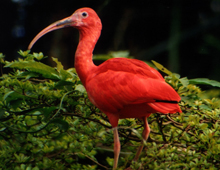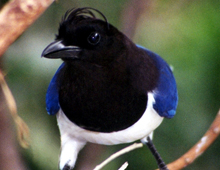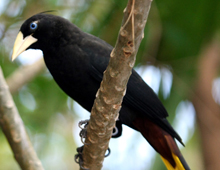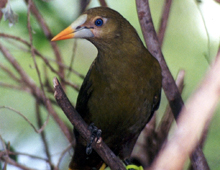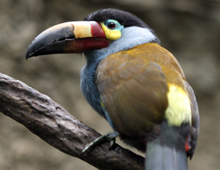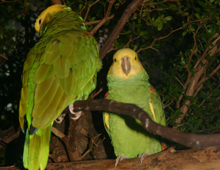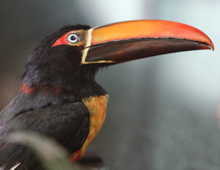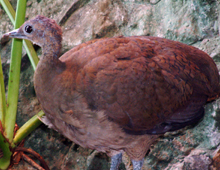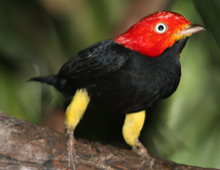
The Red-capped manakin is well known to recipients of web-videos as the “Moon Walk” bird. That remarkable display of zipping back and forth by incredibly fast foot motion is its courtship behavior, which is taken to extremes by the various manakins. While most of the 146 species are South American, this manakin is found from Southeastern Mexico through Central America, to Ecuador.

